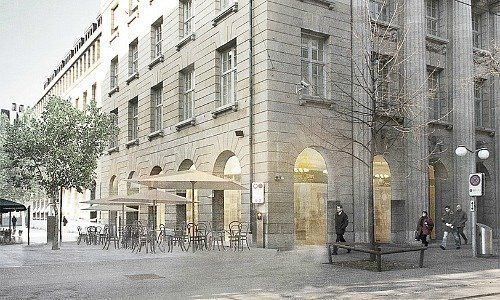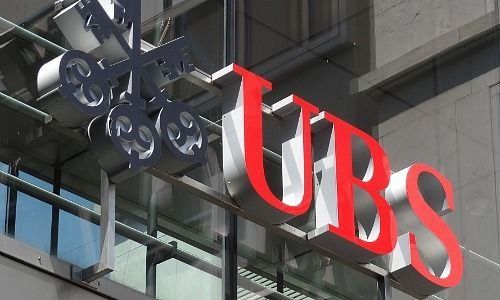UBS Today?
What about the UBS of 2017? That should be left to the next generation of historians, but investors should welcome the Swiss bank’s now-completed restructuring. UBS’ balance sheet has shrunk from over 2.4 trillion francs to just north of 900 billion francs.
Alongside the paring back of risk, UBS’ market capitalization, once 160 billion francs, has dropped to less than 60 billion francs. Excessive bonuses, if not quite as egregious as in the past, also remain a fixture.
And UBS’ capital is still too thin. The so-called leverage ratio, the metric which counts in an emergency, stands at 3 percent, a far cry from the 10 percent that experts see as an absolute minimum.
More Solid Footing

What about profitability? UBS’ cost-income ratio, or how many francs the bank spends relative for every franc in revenue, is still an alarming 80 percent. Even considering the difficult conditions facing financial firms today, this is no crowning achievement. No wonder that UBS shares still languish under 20 francs, well off record highs over 70 francs.
With all the criticism of the post-merger firm, the Swiss bank enjoys much more solid footing following its rescue through the Swiss government and central bank in 2008. UBS is well on its way to becoming a strong Swiss giant again: solidity and security, paired with trust.
 Robert Vogler is a historian and was the spokesman of Union Bank of Switzerland from 1988 until 1998. After the merger, he was head of historical research and until 2009 a senior political analyst of political policy for UBS. Read the first part of his recollections of the mega-merger which founded UBS here.
Robert Vogler is a historian and was the spokesman of Union Bank of Switzerland from 1988 until 1998. After the merger, he was head of historical research and until 2009 a senior political analyst of political policy for UBS. Read the first part of his recollections of the mega-merger which founded UBS here.
- << Back
- Page 2 of 2



































